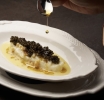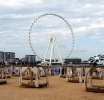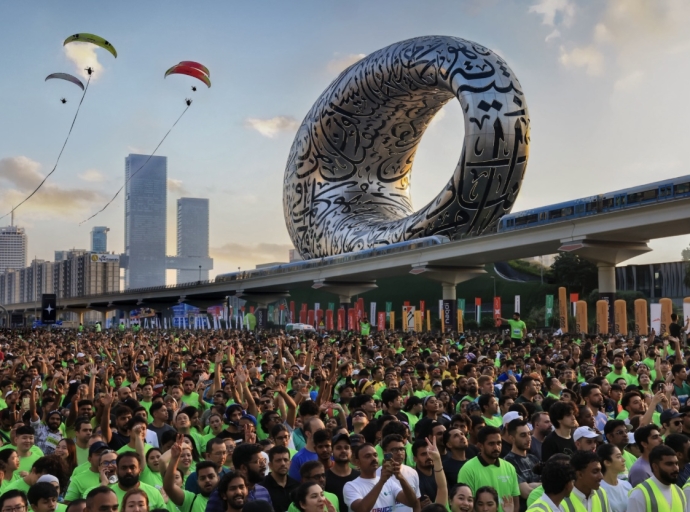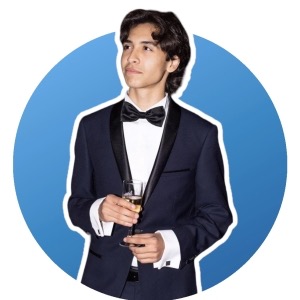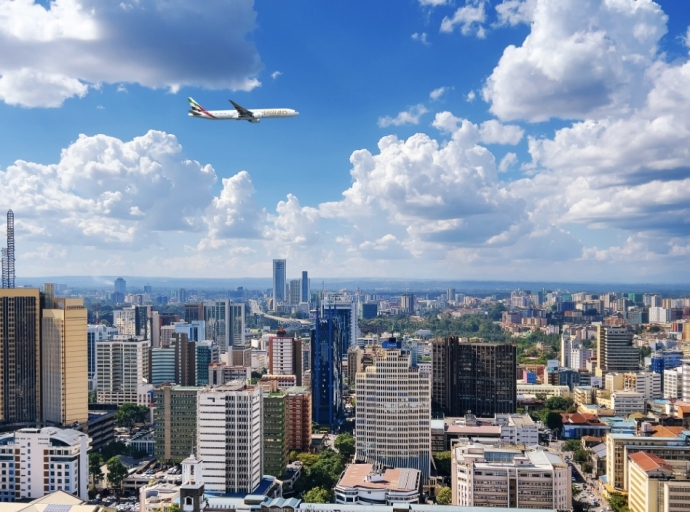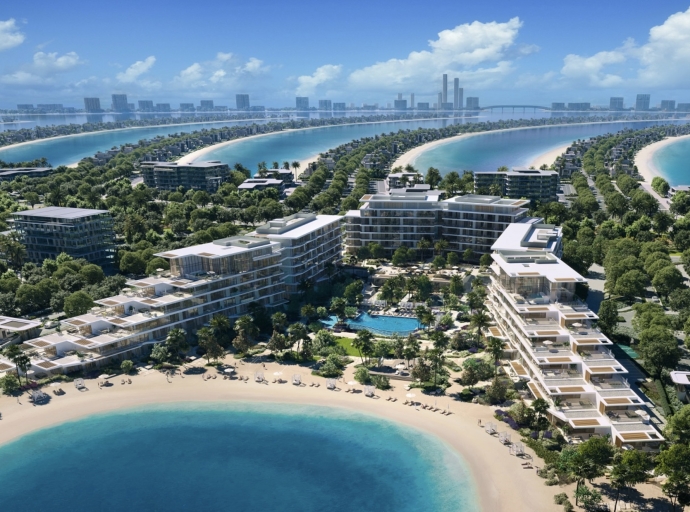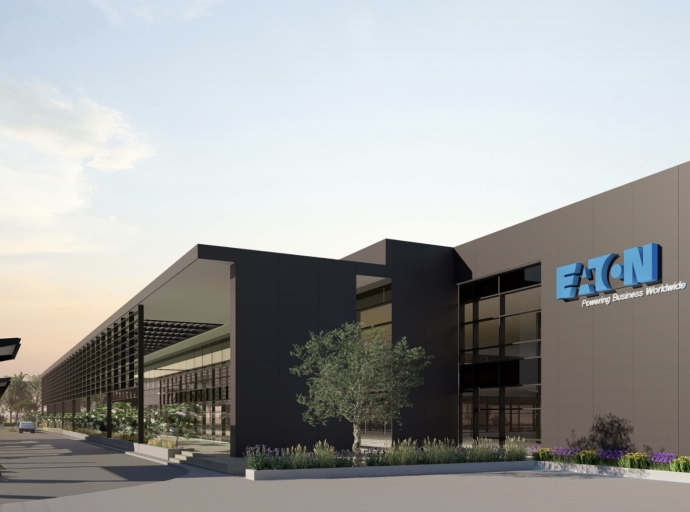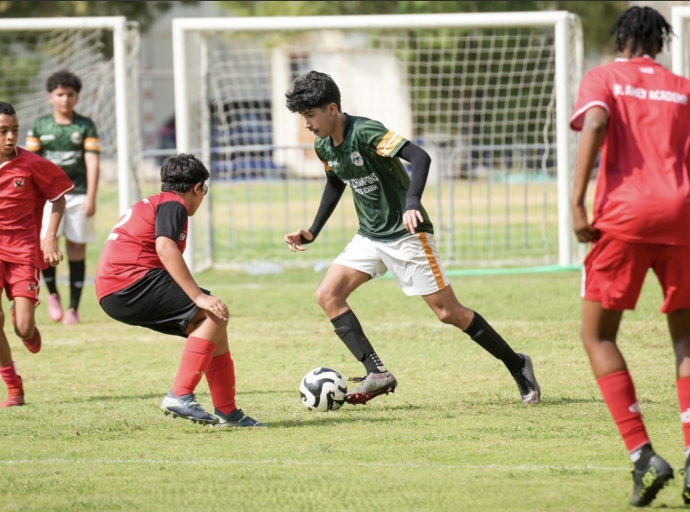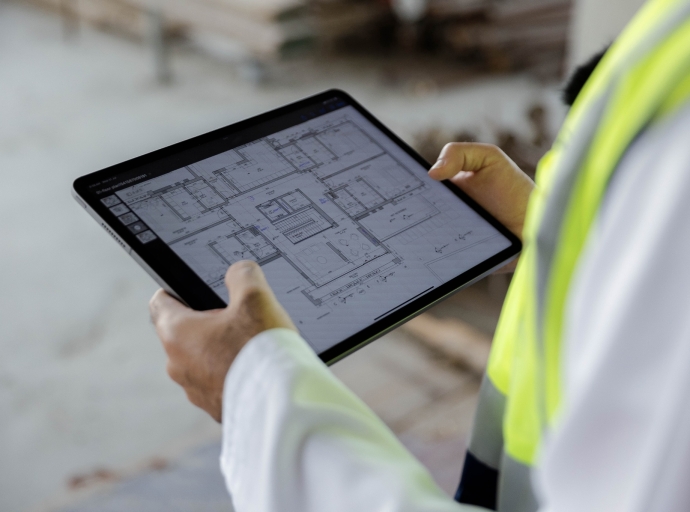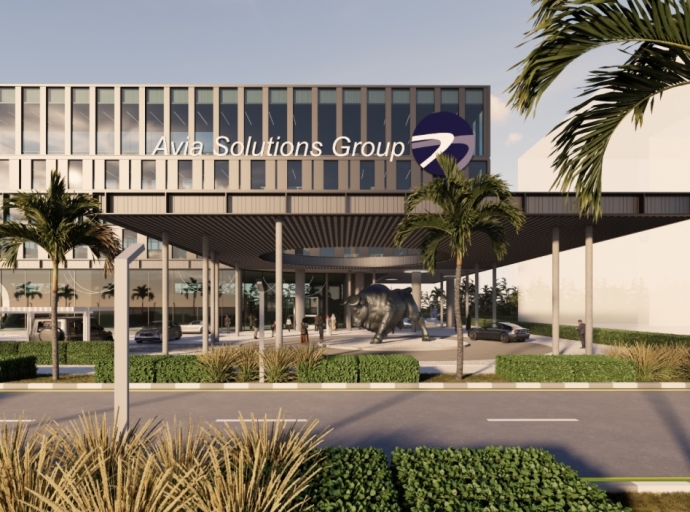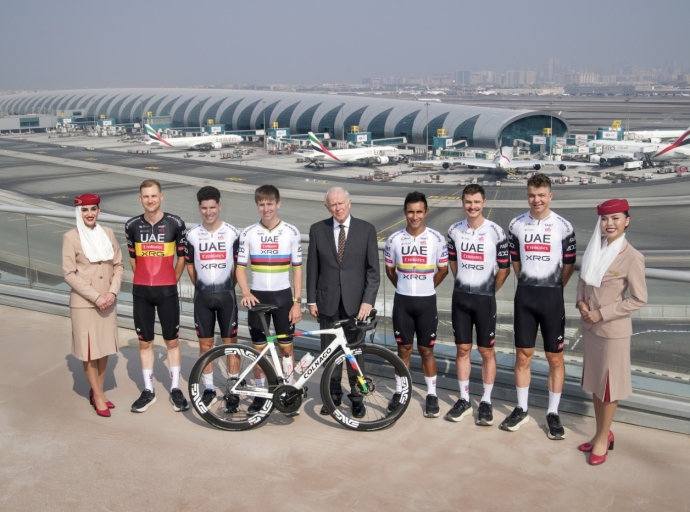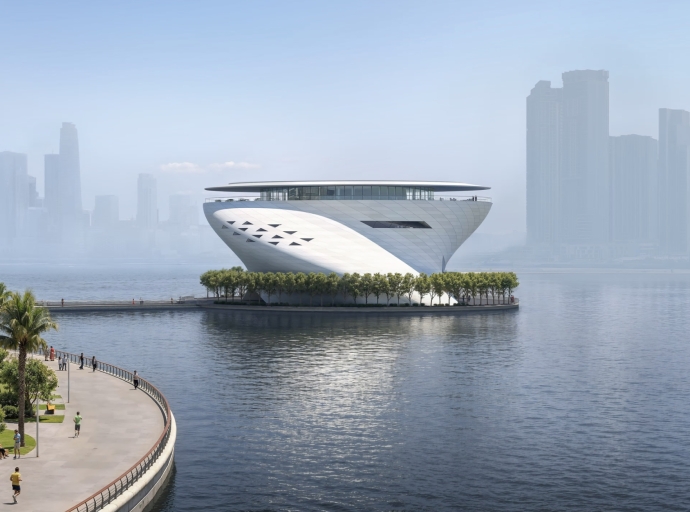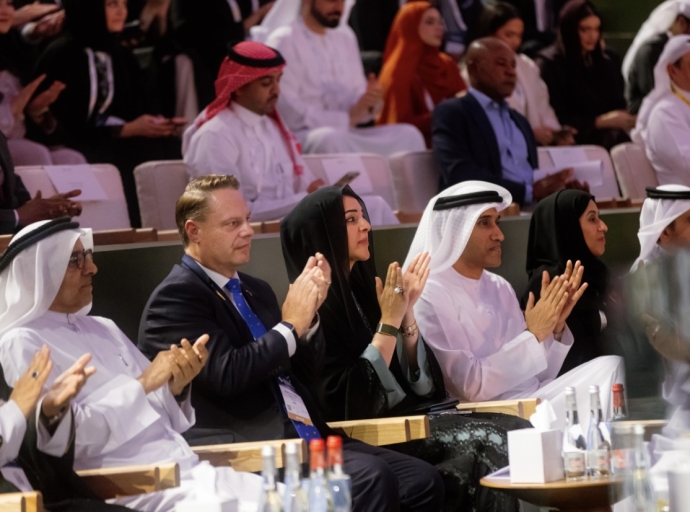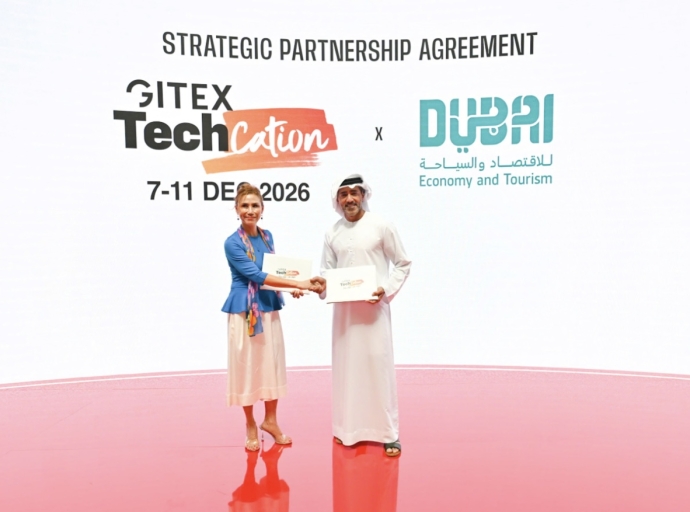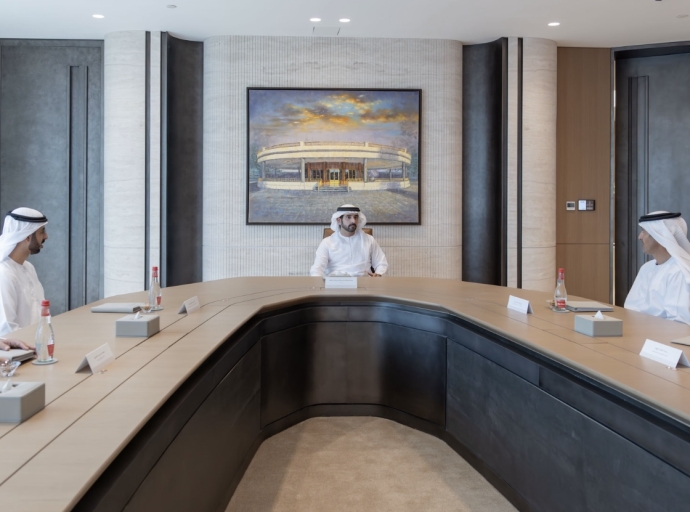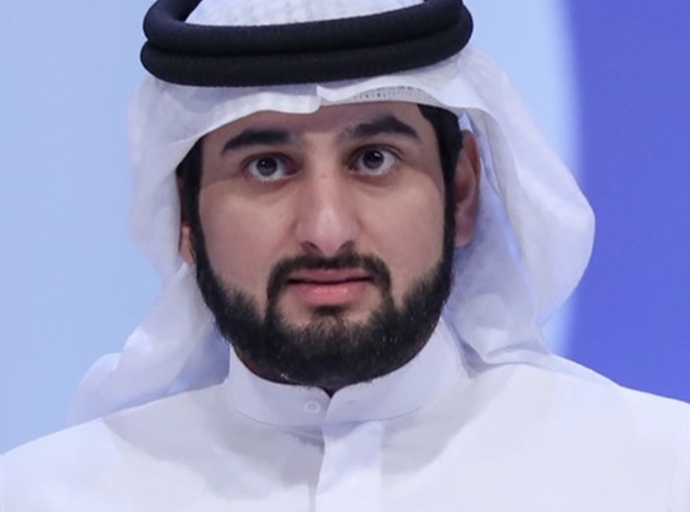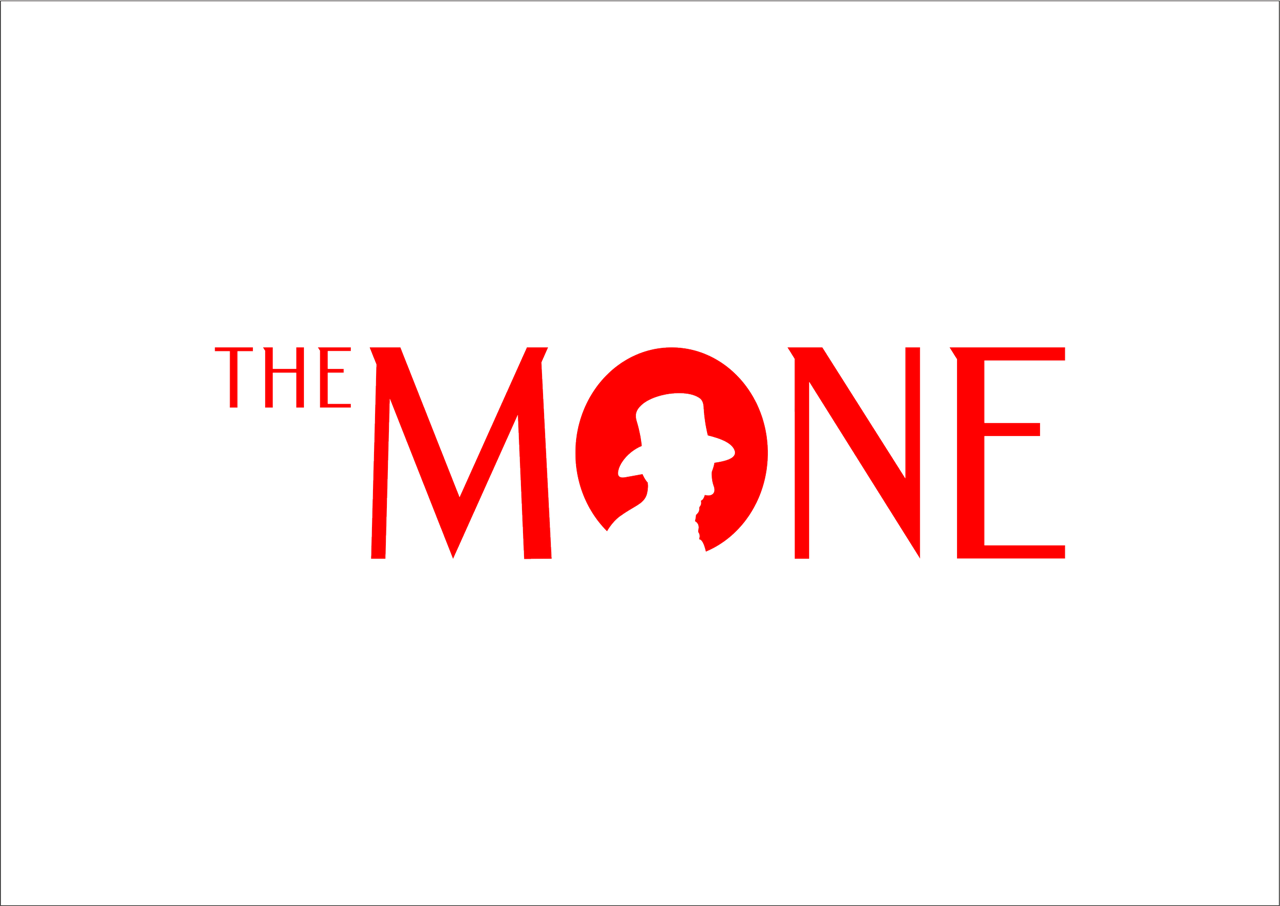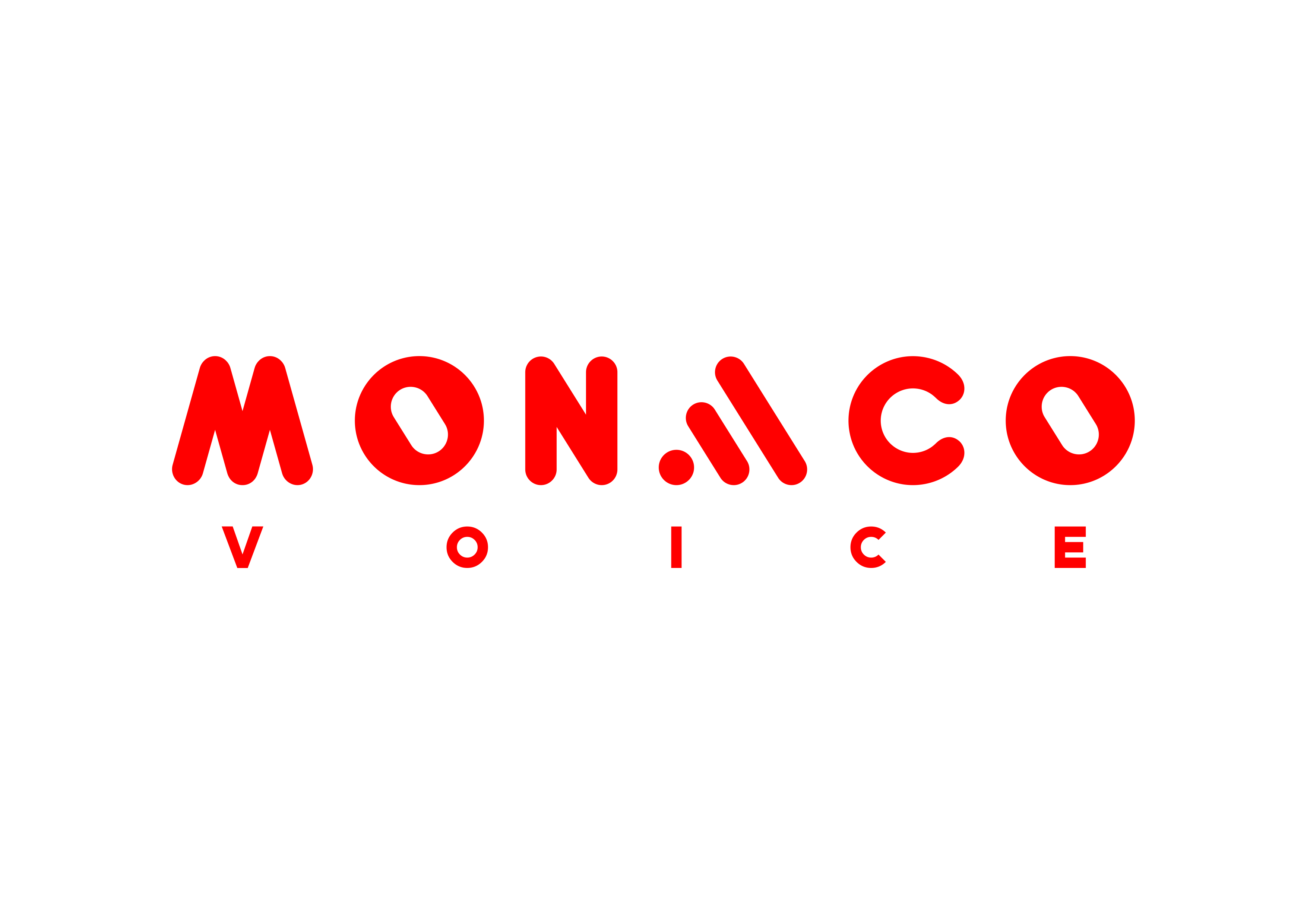Dubai is gearing up for the ninth edition of the Dubai Fitness Challenge (DFC), launching November 1 under the patronage of His Highness Sheikh Hamdan bin Mohammed bin Rashid Al Maktoum, Crown Prince of Dubai. The annual initiative encourages residents and visitors to commit to 30 minutes of daily physical activity for 30 days, with the goal of making Dubai one of the world’s most active cities.
Running through November 30, DFC 2025 carries the theme “Find Your Challenge,” offering a month-long program of free workouts, sports events, and wellness sessions across the city. The schedule includes four flagship events — Dubai Ride (Nov. 2), Dubai Stand Up Paddle (Nov. 8–9), Dubai Run (Nov. 23), and Dubai Yoga (Nov. 30) — alongside three major Fitness Villages at Kite Beach, Zabeel Park, and Al Warqa’a Park, plus over 25 community hubs in neighbourhoods across Dubai.
His Excellency Saeed Hareb, Secretary General of the Dubai Sports Council, said the initiative has evolved into a “citywide movement that transforms lives and strengthens communities.” Ahmed Al Khaja, CEO of Dubai Festivals and Retail Establishment, called it a celebration of “movement and connection,” aligning with the UAE’s Year of Community.
DFC will also coincide with major international sporting events, including the Dubai Premier Padel P1, Dubai T100 Triathlon, DP World Tour Championship, and Emirates Dubai 7s, reinforcing Dubai’s status as a global hub for sport and wellness.
Organised by the Dubai Department of Economy and Tourism and the Dubai Sports Council, with support from DP World, Dubai Municipality, Mai Dubai, and the Roads and Transport Authority, DFC 2025 aims to inspire lasting healthy habits and community participation citywide.
Photo credits: Government of Dubai Media Office


